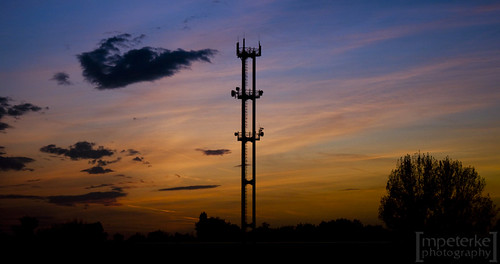
Photo: Feliciano Guimaraes
There have been so many rock stars who have died at age 27 that there is a club named for them – the “27 Club”. Not only did they all die at age 27, but they died under some shady circumstances.
- Brian Jones of the Rolling Stones “drowned in a swimming pool” … or was he murdered? Ironically 27 Club members number 2 and 4 dedicated tributes to the deceased star.
- Jimi Hendrix took way too many sleeping pills and asphyxiated on his own vomit (which contained mostly red wine).
- Janis Joplic OD’d on heroin because her dealer gave her too potent of a stash. A good dealer always checks his potency.
- Jim Morrison died of “heart failure” and no biopsy was preformed. Or was it another heroin overdose?
- Kurt Cobain died of a self-inflicted shotgun wound to the face. But was he able to pull the trigger with 3 times the lethal dose of heroin in his bloodstream? If so that is an impressive tolerance.
Statistically this is an anomaly. But is this just a weird coincidence or could there be an explanation behind it? Is it plausible that successful musicians take absurd, suicidal risks at age 27, after becoming wildly popular? If that isn’t weird enough, is it true that Kurt Cobain aspired to be a member of the 27 Club as a kid? (As claimed by his sister in his biography Heavier Than Heaven.)


